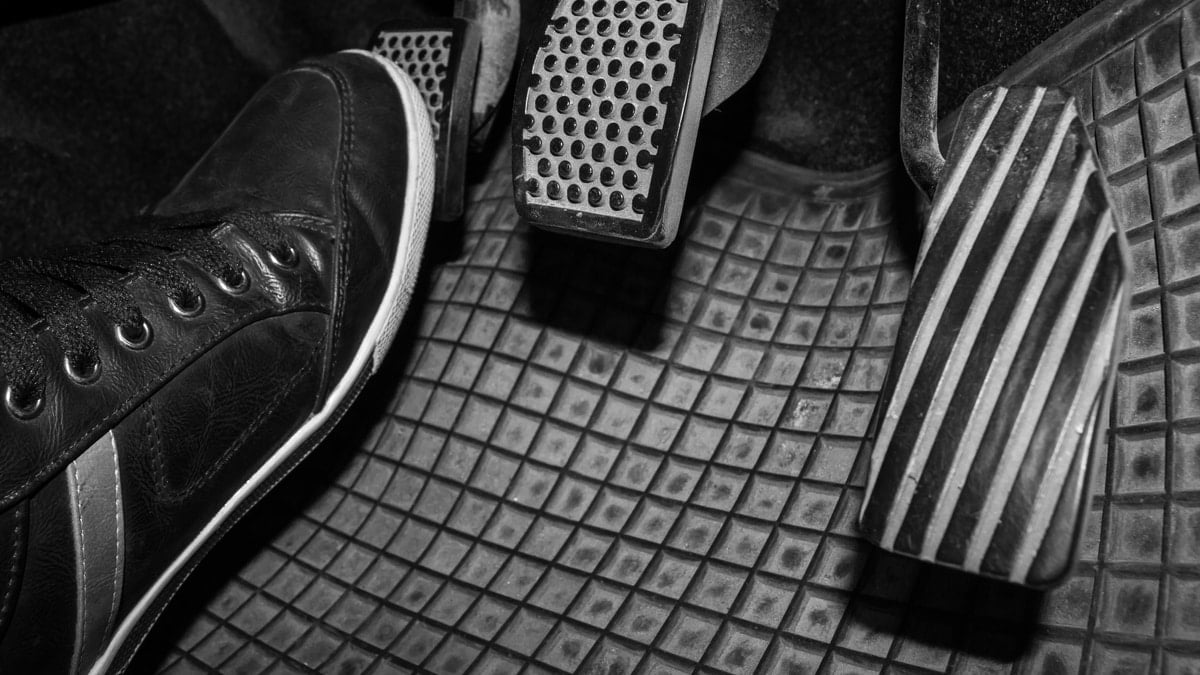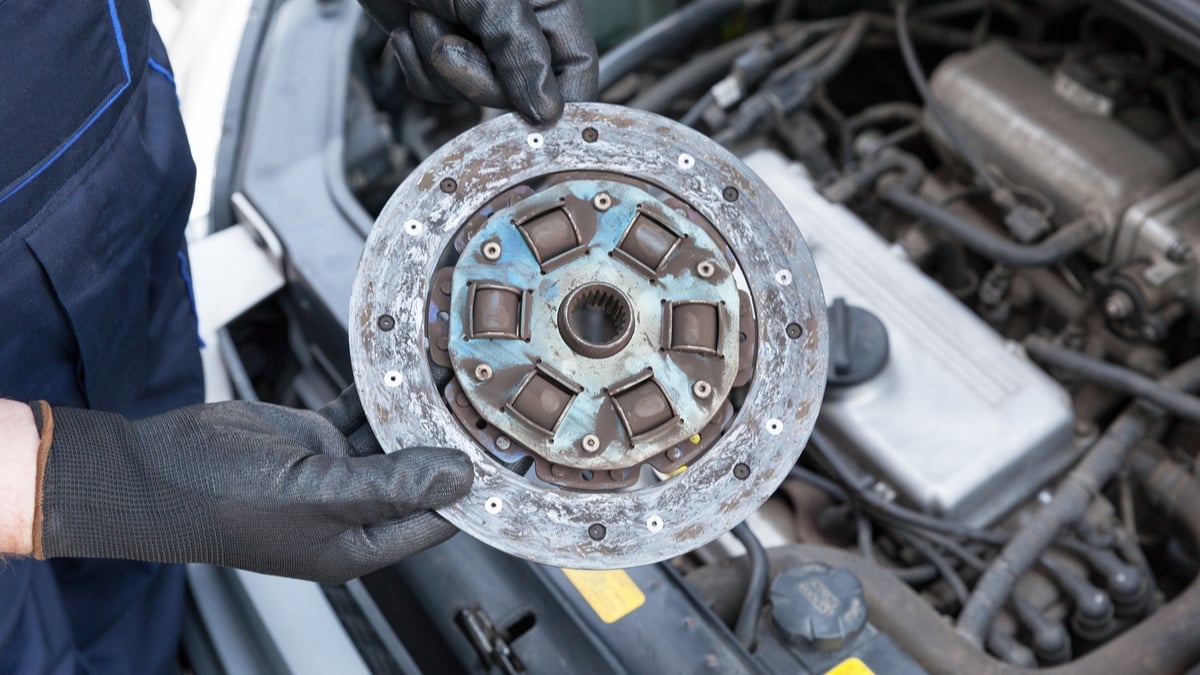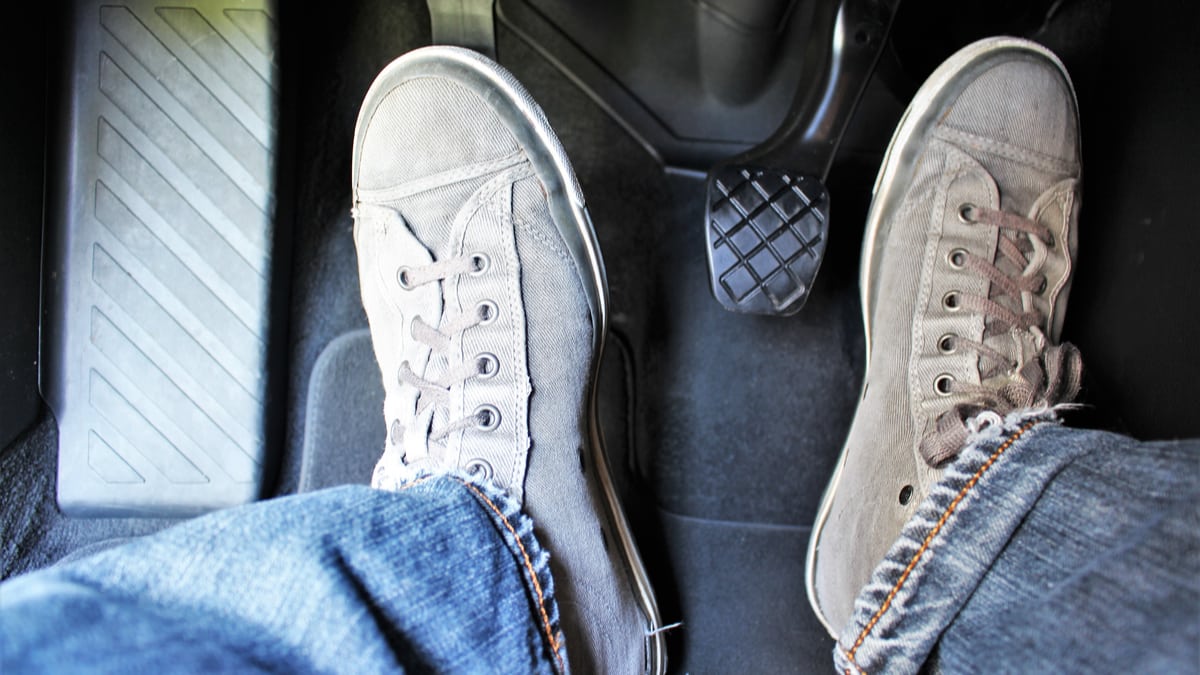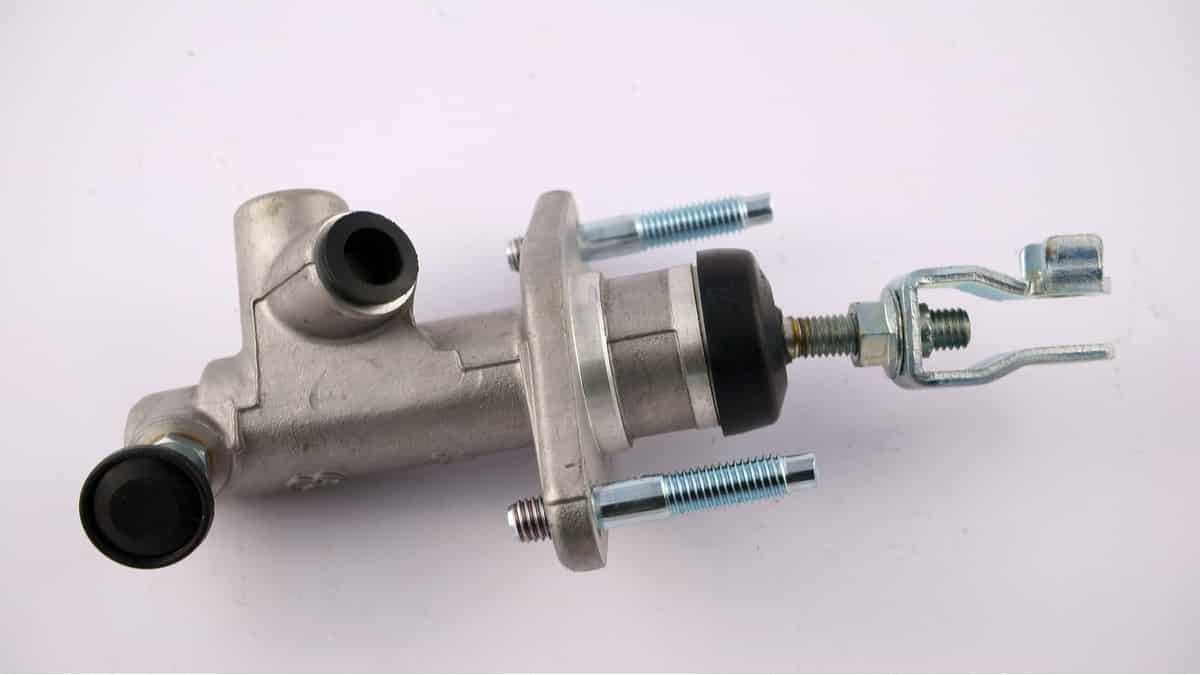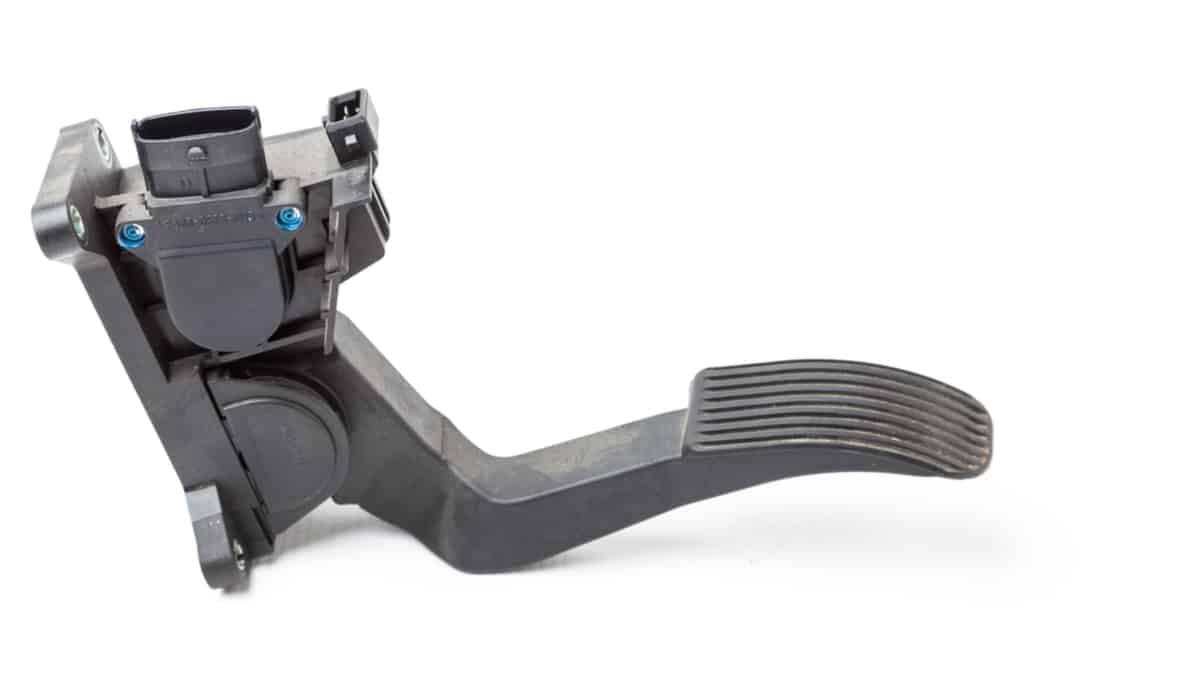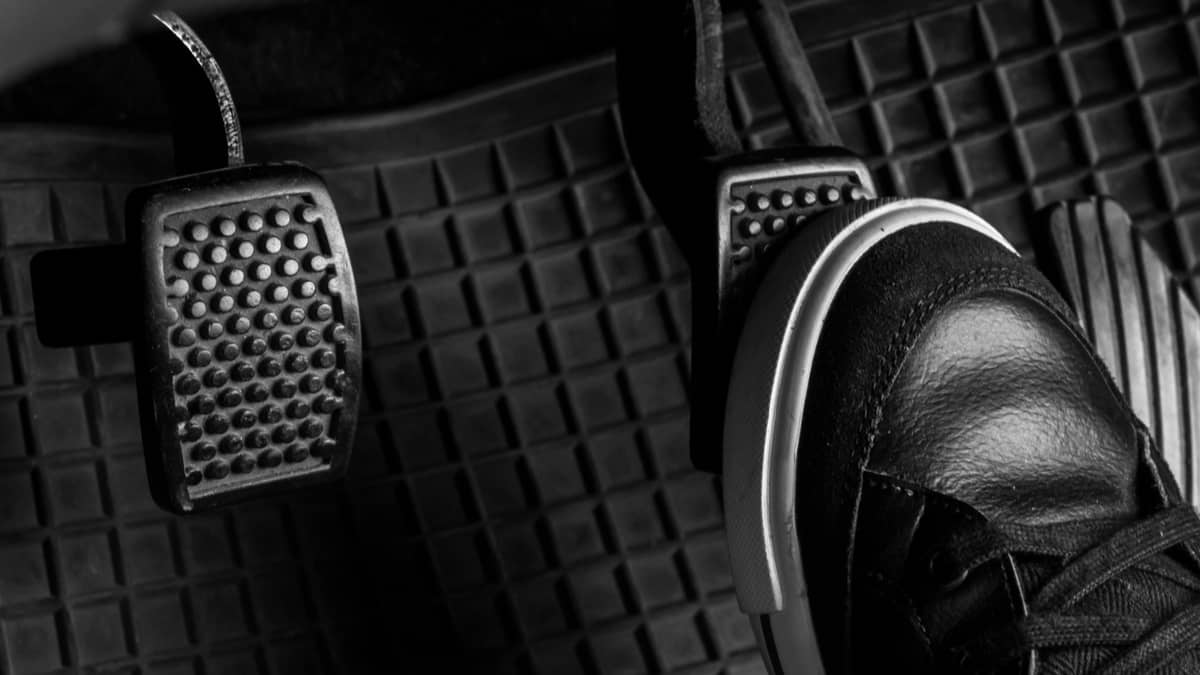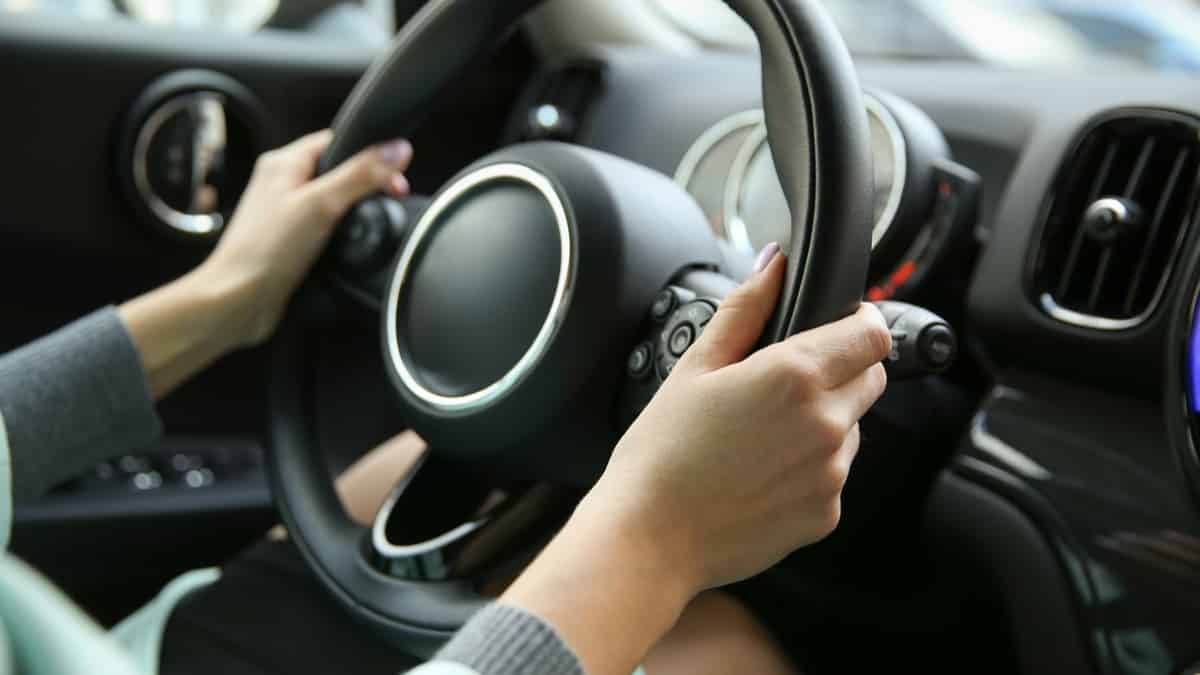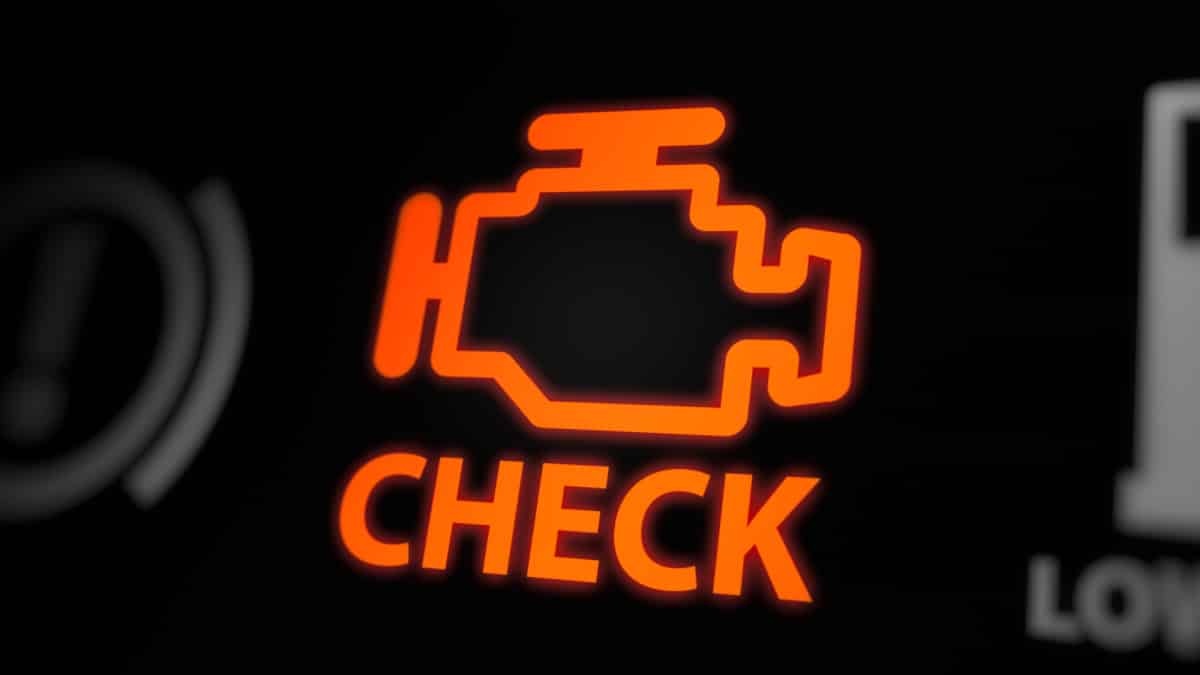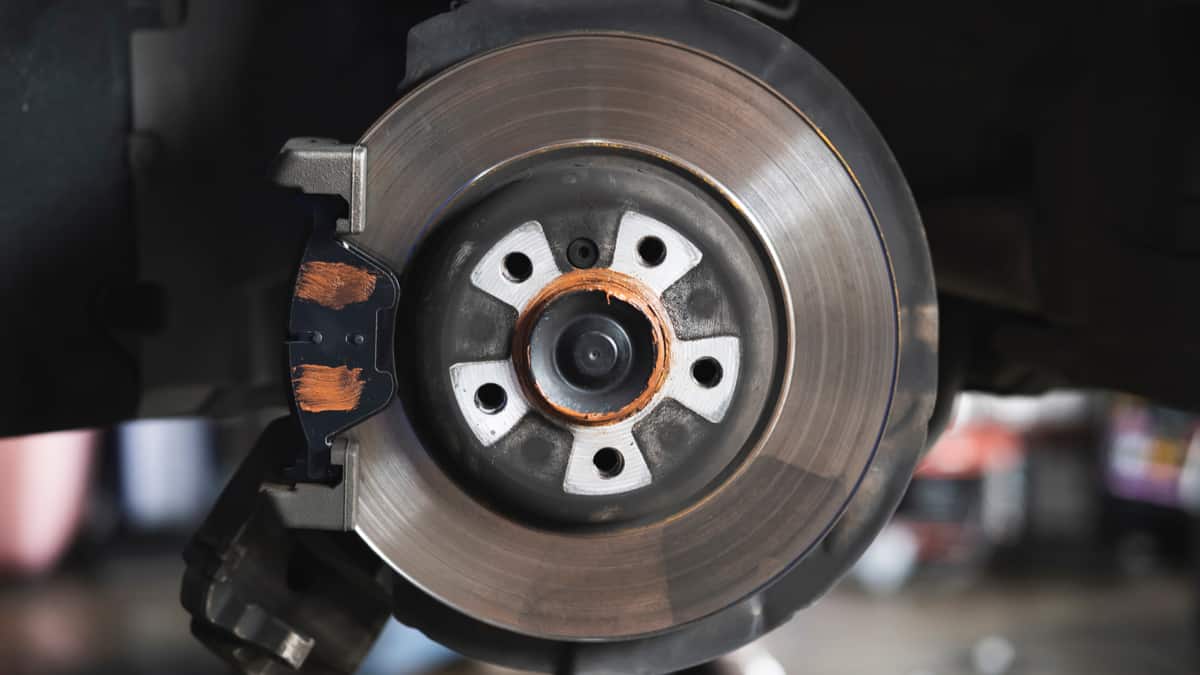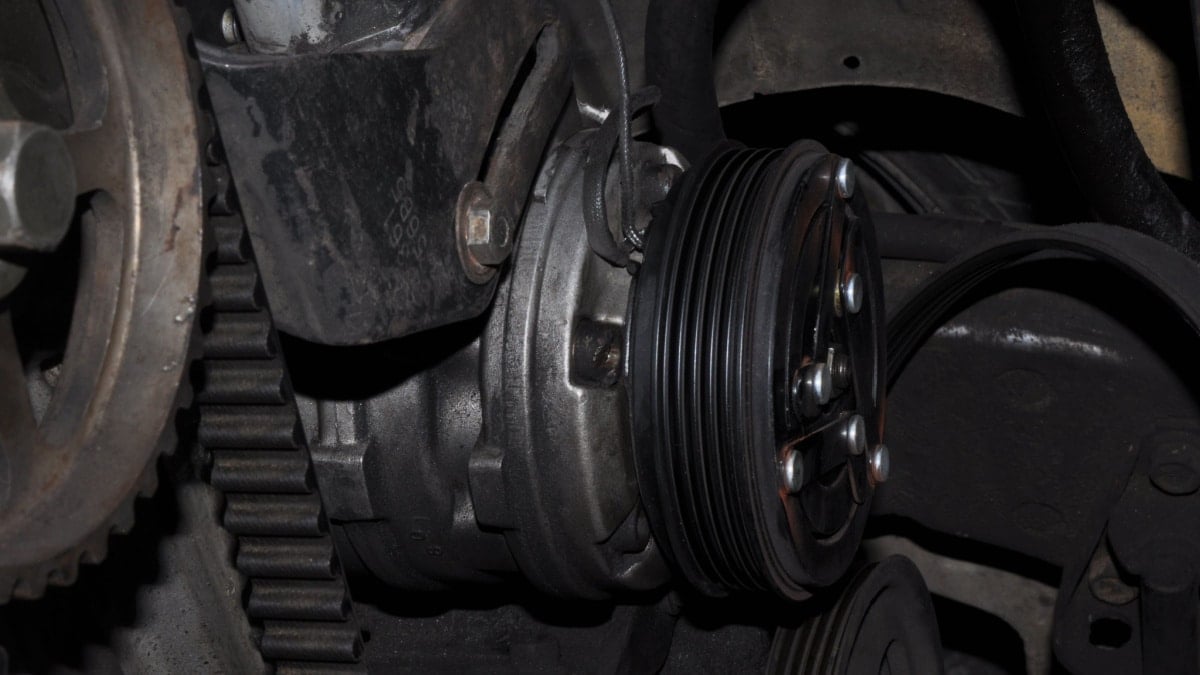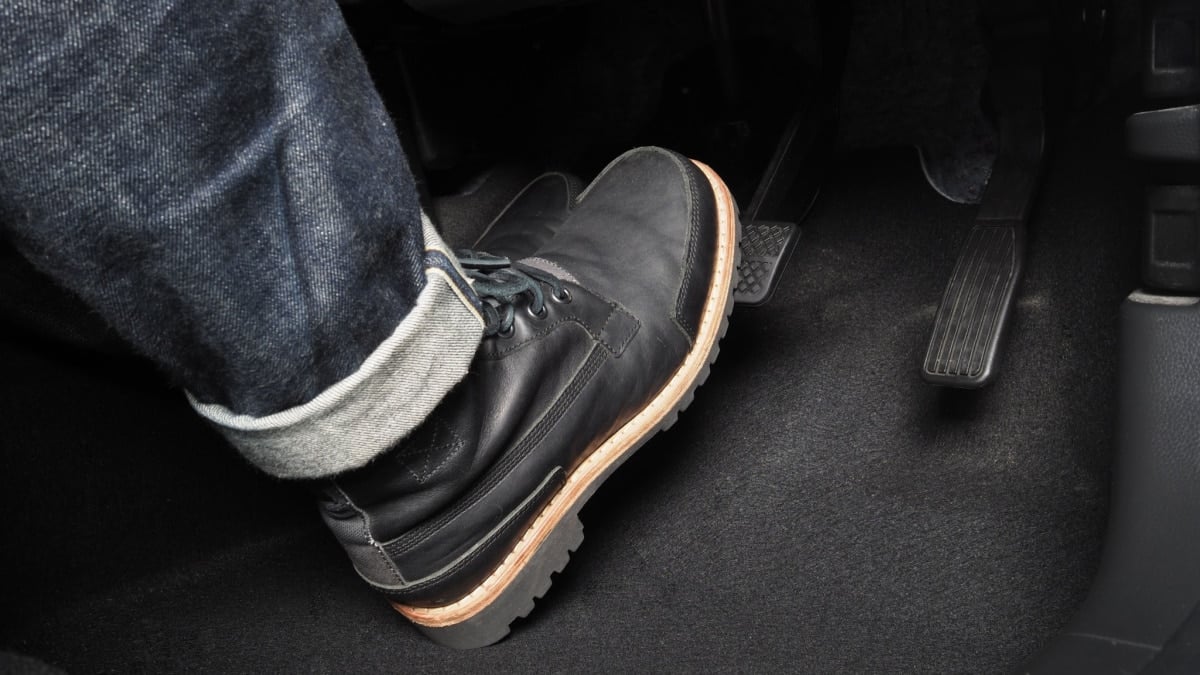While the stick shift car isn’t as popular these days, there are still people that enjoy the thrill of driving a manual transmission vehicle. However, there are times when the clutch pedal can become stiff, making the journey less than fun. What is a stiff clutch pedal and what can be done about it?
The clutch is responsible for linking the wheels to the motor. When rotational energy is created by the engine, it gets transferred to the wheels for movement with the help of the clutch.
If you are having trouble pushing the clutch, the power won’t be transferred correctly. Let’s take a look at the most common reasons why a clutch pedal is stiff.
Causes of a Stiff Clutch Pedal
The most common causes of a stiff clutch pedal are a bad cross shaft, a bad pivot ball, or a worn clutch plate. If you have a hydraulic clutch, it can be due to a bad master or slave clutch cylinder. If you have a non-hydraulic clutch, it can be due to a worn clutch cable.
Here’s more detailed information about the most common causes of a stiff clutch pedal:
1. Bad Cross Shaft
Inside the transmission, there is a lever known as the cross shaft. Its job is to transfer the pressure that you put on the clutch pedal and send it to the clutch release bearing. This action disengages the clutch.
When the cross shaft goes bad, it can cause trouble pushing down on the pedal. It can also hinder the performance of the transmission as a whole.
2. Bad Pivot Ball
The pivot ball is made to create a smooth operation of the clutch pedal. When you push the pedal down, the pivot ball is what keeps it moving perfectly.
Over time, the pivot ball can become damaged or worn out. When this happens, you will notice that you need more force to push down the stiffer pedal.
3. Clutch Needs Adjustment
When the clutch pedal becomes stiff, it could be something as small as an adjustment that’s needed. The clutch can easily get out of spec, making it feel stiffer than normal.
In some cases, the clutch becomes partially or fully disengaged, even when the pedal is sitting at its top point. Checking the adjustment is your first step before going into more complicated troubleshooting. You should also adjust the pedal anytime you change the clutch master cylinder or the clutch itself. However, this step doesn’t help much if you have a hydraulic clutch system.
4. Pedal is Blocked
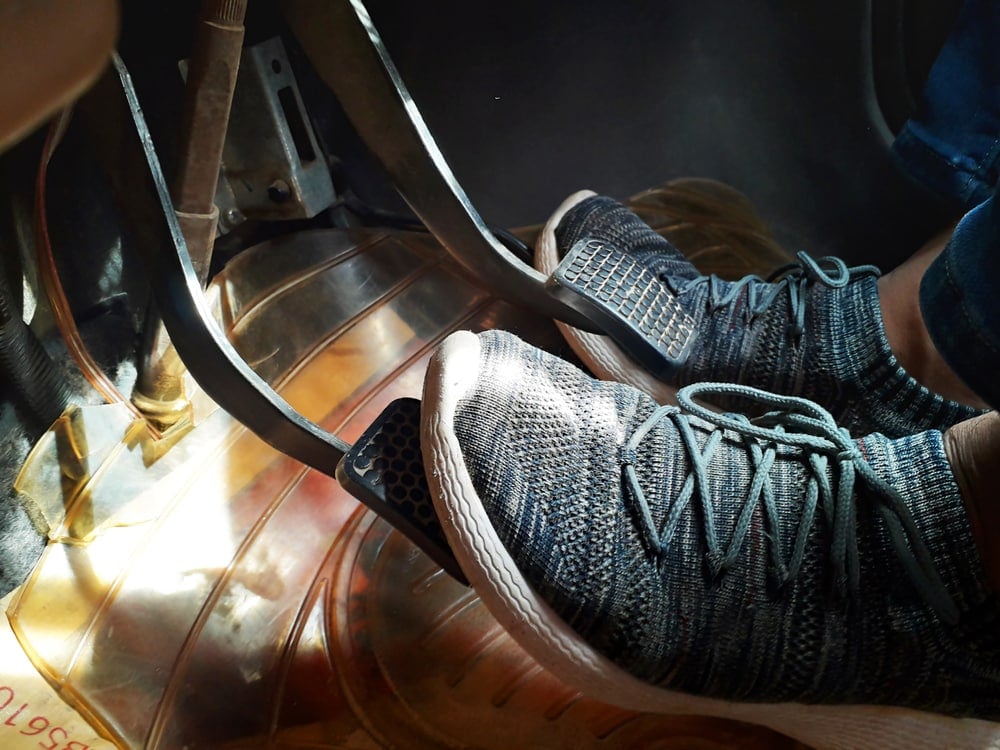
One would think this would be an obvious issue that would be noticed immediately, but it occurs more often than you would know. People often drive around with small objects rolling around in the vehicle, unaware of the dangers. If any of these objects were to get caught below the pedals, it could cause trouble pushing the clutch.
This is another simple fix that should be checked before you go ripping parts out. You want to keep the area free of debris and items, because if anything were to get below your brake pedal, it could have a much more disastrous effect.
5. Worn Clutch Cable
Unless you have a hydraulic clutch system, the car’s clutch cable connects the pedal to the linkage. When you push the pedal down, the cable pulls the linkage to disengage the clutch.
Because the clutch is disengaged, you can change gears safely. However, when this clutch cable becomes worn or stretched out, you will have to use more force to get it to work.
6. Worn Linkage
Clutch linkage is made from mechanical and hydraulic components that allow the clutch to operate. The linkage also contains various rods and arms.
The linkage is responsible for multiplying the force from the pedal. It provides the necessary strength to the pressure plate. Without the linkage, you would need a lot more pressure on the pedal to disengage the clutch.
7. Defective Master or Slave Clutch Cylinder
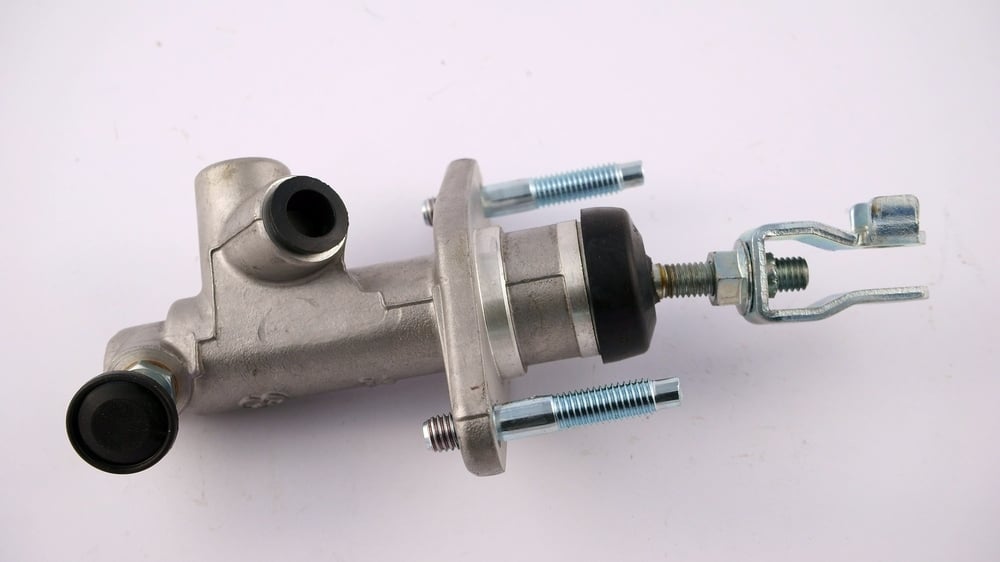
The clutch slave cylinder works in conjunction with the clutch master cylinder to disengage the clutch when you push the pedal. Pressure is received from the master cylinder that extends to the clutch slave cylinder, which then extends a rod to push into the lever or fork and disengage the clutch.
When either of these becomes defective, you might notice trouble shifting gears. However, the first sign of failure is typically a stiff pedal.
RELATED: 6 Symptoms of a Bad Clutch Master Cylinder
8. Blocked or Pinched Hydraulic Hose
The clutch hose is a flexible component found in hydraulic systems. This hose transports the pressure and fluid when the pedal is pressed. Because it isn’t a hard line, it can flex in different directions.
Sometimes, this flexibility is its downfall, especially if it gets pinched by other components. There’s also the chance it could become blocked. Whether it is pinched or blocked, you might notice a change to the pedal feel.
9. Worn or Defective Clutch Pressure Plate
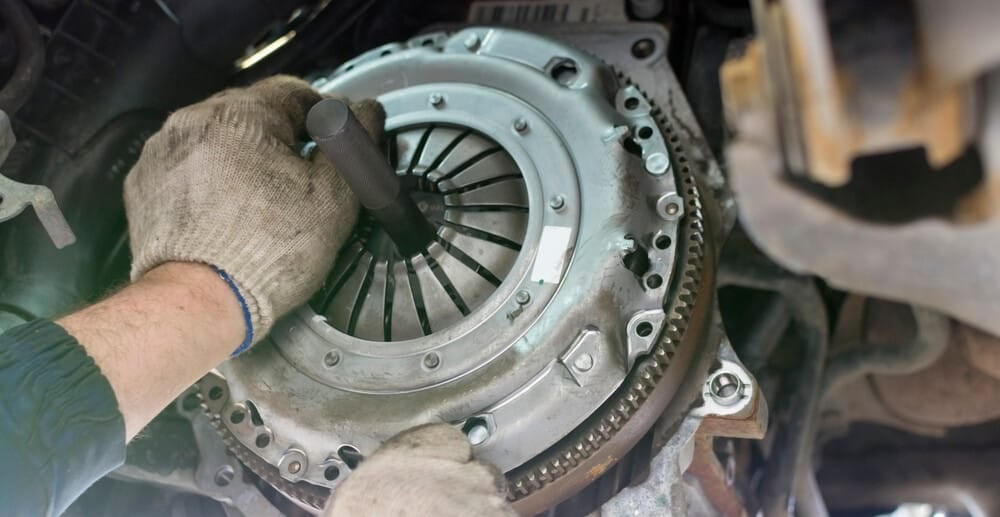
The clutch plate works with the clutch disc and flywheel to direct engagement and disengagement. It’s needed to shift gears accurately and maintain speed.
However, the pressure plate endures a lot of friction and pressure across the miles. Over time, it becomes worn, which can lead to trouble shifting, a shaking feeling, and trouble with the pedal.
How to Fix a Stiff Clutch Pedal
As shown by some of the causes above, there are a few fixes that won’t cost you anything. The first step would be to check under the pedal, ensuring there is nothing blocking you from pushing it down. Aside from that, you can also perform some manual adjustments so the pedal is operating within specs. These are the two easiest fixes available.
Replacing either the clutch cross shaft or pivot ball can turn into a complicated job. Neither of these jobs should be undertaken by an amateur, as doing it wrong could lead to more problems. However, you may be able to replace the clutch cable or linkage on your own with the right tools and some extra time.
The cost of replacing any clutch part will depend on the type of vehicle you drive. With that said, you can expect to pay about $200 to $250 for clutch cable replacement. With this job, labor costs are about $80 to $100, while the part should cost you around $120 to $150.
In many cases, the pressure plate or the cross-shaft or pivot ball needs to be replaced to fix the stiff clutch pedal. To replace these, you do often have to remove the whole gearbox to reach them. This will often result in repair costs of over $2000. Some slave hydraulic clutch cylinders are located inside the gearbox housing.
As soon as you start having difficulty with the clutch pedal, you should have the vehicle looked at by a qualified mechanic. After all, you don’t want to find yourself stranded with no way to shift gears safely.
Categories: Transmission, Troubleshooting
